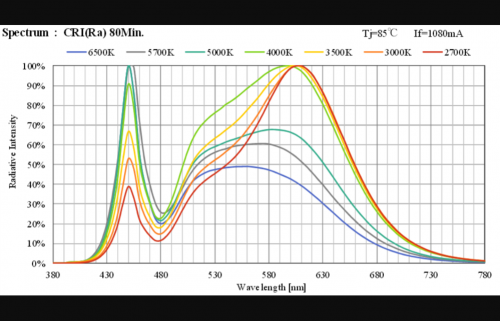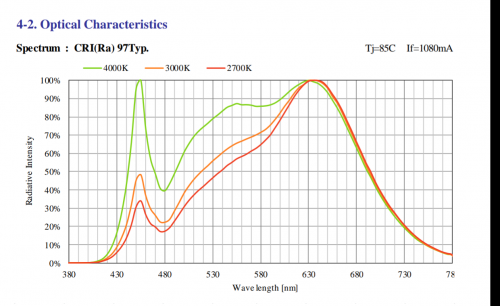CC's Baby
Avid Member
That is a great idea! So yes, I am back to needing to know for sure what lighting for all 3 needs now? Would like to get a tube housing that holds the UVB for both the cham and the plants and then determine what is the best watt halogen bulb or other bulb for the dome light or basking area.Use organic soil, and put a layer of gravel/rocks on top so the cham can't ingest the dirt. I'm using pothos, schefflera (umbrella tree), and probably maranta (prayer plant), possibly fittonia. I think UVB helps plants, but it's not full spectrum 6500k.


